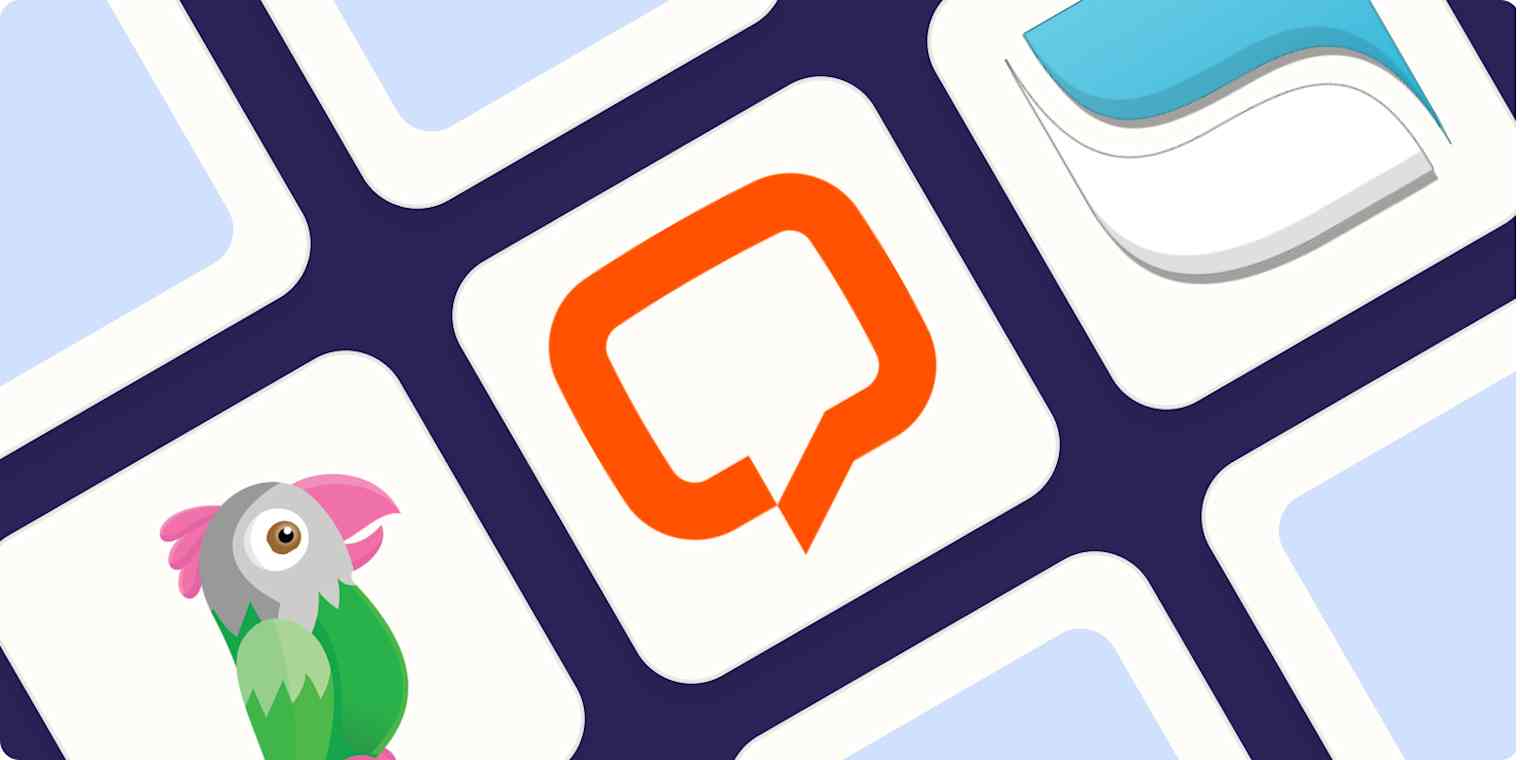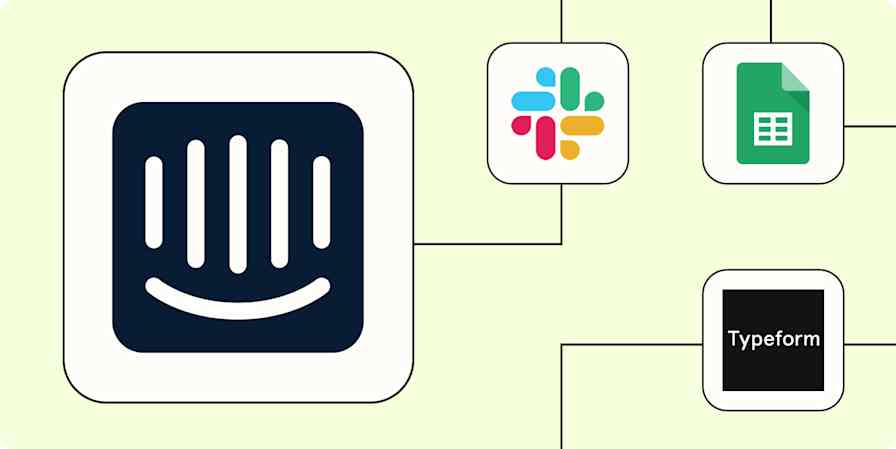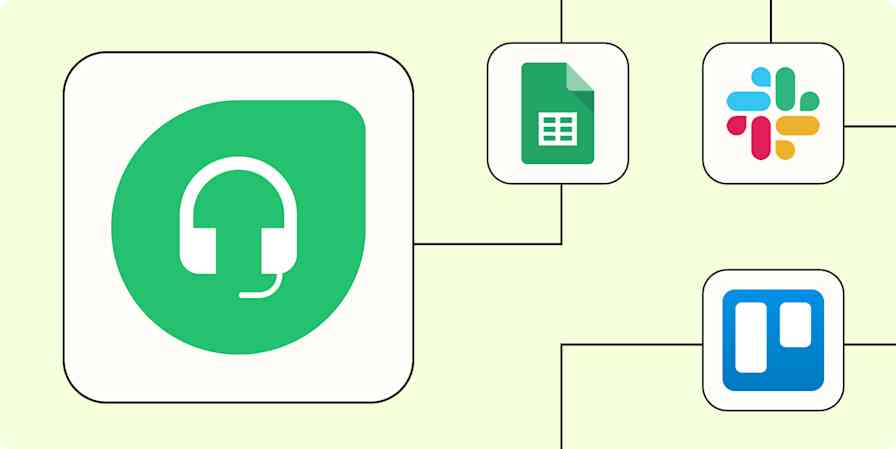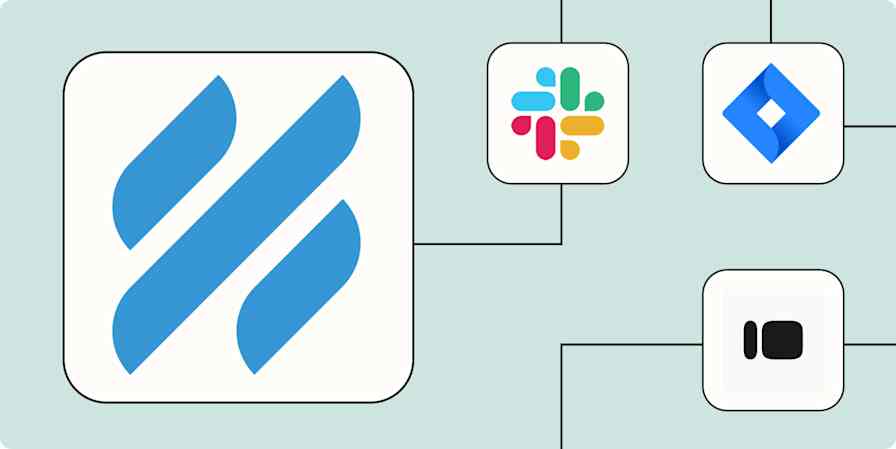Best apps
13 min readThe 5 best live chat apps for customer support in 2025
We tested dozens of solutions to find the live chat app that makes the most sense for your business.
By Harry Guinness · November 12, 2024

Get productivity tips delivered straight to your inbox
We’ll email you 1-3 times per week—and never share your information.
Related articles
Improve your productivity automatically. Use Zapier to get your apps working together.








